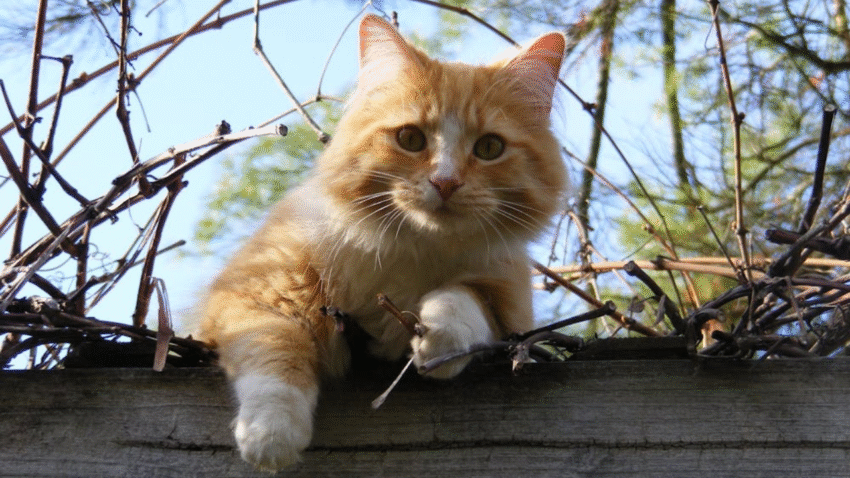Introduction
Noticing discharge or crust around your cat’s eyes? Regular eye cleaning is essential for feline health, especially in breeds prone to tearing or irritation. In this guide, you’ll learn how to safely clean your cat’s eyes and prevent common infections before they become a problem. Whether you have a kitten or a senior cat, this step-by-step method will help you care for their eyes with confidence.
Why Eye Cleaning Matters for Cats
A cat’s eyes are sensitive and exposed to dust, debris, allergens, and bacteria on a daily basis. Without regular care, they can develop infections like conjunctivitis, blocked tear ducts, or corneal ulcers. Cleaning your cat’s eyes not only helps them stay clear and comfortable but also allows you to spot early warning signs of illness. Good eye hygiene reduces vet visits, discomfort, and long-term complications.
Step-by-Step Guide to Cleaning Your Cat’s Eyes
1. Prepare the Right Supplies
You’ll need:
- Soft cotton pads or gauze
- Sterile saline solution (available at pharmacies or pet stores)
- Clean, dry towel
- Treats (for positive reinforcement)
Optional: Pet-safe eye wipes or vet-approved eye cleaning solutions
2. Choose a Calm Environment
- Pick a quiet room where your cat feels safe.
- Gently wrap your cat in a towel if needed to prevent scratching or squirming.
- Sit on the floor or a stable surface, holding your cat securely but comfortably.
3. Moisten the Cotton Pad
- Soak the pad in warm (not hot) saline solution.
- Gently squeeze out excess liquid to avoid dripping.
4. Wipe Away Discharge
- Start from the inner corner of the eye (near the nose) and wipe outward.
- Use a new cotton pad for each eye to avoid cross-contamination.
- Be gentle—never press or rub harshly.
5. Dry the Area (If Needed)
- Use a dry cotton pad or soft tissue to lightly pat the area around the eyes dry.
- Avoid using the same towel you used for cleaning to prevent reintroducing bacteria.
6. Reward and Soothe
- Offer a small treat and praise your cat for staying calm.
- This helps build trust and makes future cleanings easier.
Common Mistakes to Avoid
- Using Tap Water Alone: It may contain minerals or contaminants that can irritate sensitive eyes.
- Reusing Pads Between Eyes: This can spread bacteria or viruses from one eye to the other.
- Using Harsh Solutions: Avoid hydrogen peroxide, alcohol, or human eye drops unless advised by a vet.
- Cleaning Too Aggressively: Pressing too hard can damage delicate eye tissue.
- Ignoring Ongoing Discharge: Frequent eye issues may indicate an underlying health condition and should be checked by a vet.
Extra Tips & Recommendations
- Monitor for Signs of Infection: Look for redness, yellow or green discharge, swelling, squinting, or pawing at the eyes.
- Keep Fur Trimmed Around Eyes: Especially important for long-haired breeds like Persians and Himalayans.
- Use Pet-Safe Eye Wipes: Great for quick clean-ups between deep cleans.
- Check for Allergens in the Environment: Dust, smoke, or air fresheners can irritate your cat’s eyes.
Conclusion
Keeping your cat’s eyes clean is a simple way to support their health and comfort. With the right technique and gentle care, you can prevent many common eye problems before they start. A few minutes of attention each week can protect your cat’s vision and improve their overall well-being.
🐾 Want more cat care tutorials? Save this article and explore our full feline wellness series!
